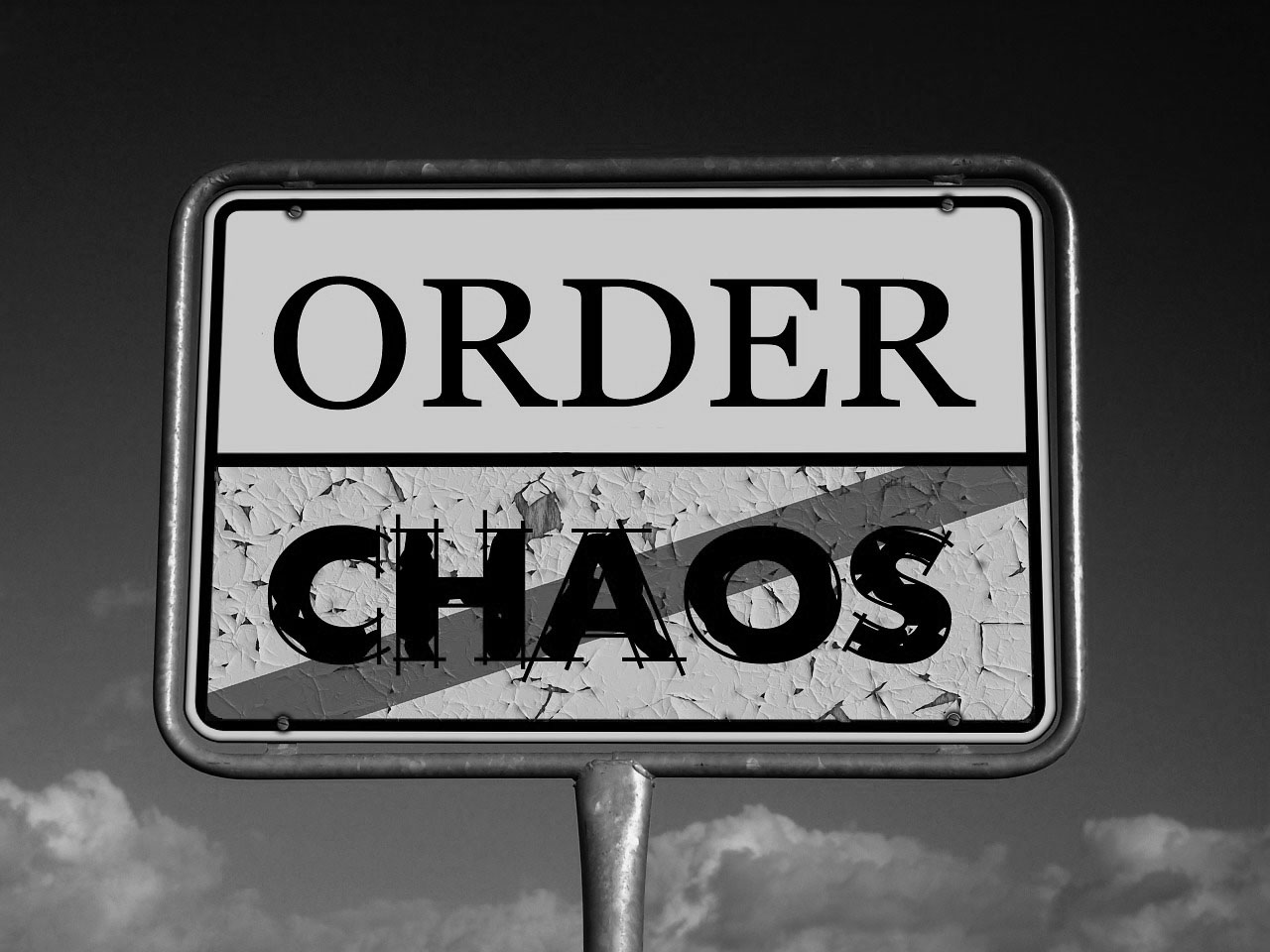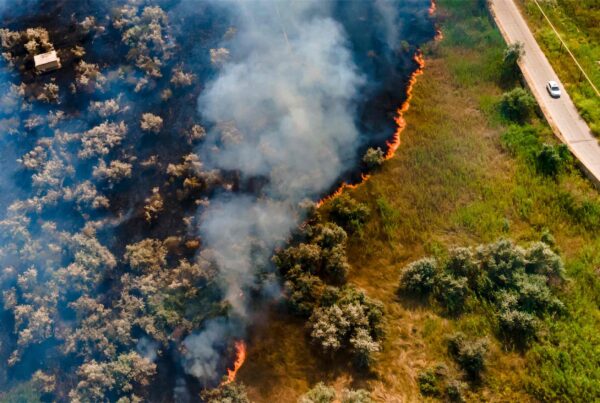Have you ever heard of the butterfly effect? Have you heard the adage that a butterfly beating its wings in Brazil can create hurricanes in Texas? And you are probably by now asking yourselves what does this even have to do with protecting our communities in crisis and disasters?
Chaos theory was originally discovered by an IMT professor, Edward Norton Lorenz who was a mathematician and meteorologist. He discovered chaos theory when he was using an old computer one day to calculate and predict weather patterns. He ran an initial simulation and put the data in to six decimal places, however, when he ran it a second time for confirmation he figured that he could run it to three decimal places as the tiny minute fractions of a fraction would have no bearing on the overall outcome. When he ran the simulation for the second time the difference was so great that the two data sets were unrecognisable. Lorenz originally hypothesised that a small change in the input would equate to a small change in the output. However what he discovered and later coined chaos theory was that in a complex system a small deviation in input can result in a exponential difference in output.
Complex systems seem at a distance to be utter chaos but in essence it is actually governed by the same rules that command and control everything we know to be fact in this world such as maths, physics, nature and the universe. But why as humans do we see chaos? Its simple because there are so many moving parts its just impossible for us to comprehend them all simultaneously.
For many years academics have utilised chaos theory to help us understand and mathematically model our communities. In essence communities are large complex systems with multiple individuals with highly irrational behaviours making up a large collective of human beings. Often when we work with communities it just becomes all too overwhelming but as practitioners we need to ensure that we take the time to step back and see the order in the chaos. We need to search for the existing connections that knit the community tapestry and ensure that we focus on empowering new connections and strengthening the existing ones.
By understanding the chaos we will gain valuable insights into the outputs which will ultimately allow us to comprehend what governs, drives and influences our communities. Once order has been discovered in the chaos we need to then work with communities to ensure that we foster a culture of resilience, social responsibility and resourcefulness.
A great practical exercise in uncovering the order within what seems to be the chaos of infinite random community connections is to utilise a simple exercise we like to call “The Butterfly Effect”. To start you will need photos of key individuals, businesses, community infrastructure and community groups from the community you are engaging. The next step is to then ask people and community members to take pieces of string and start to physically show the connections between these key individuals, businesses, community infrastructure and community groups. Quite quickly you will feel like the room has descended into chaos and anarchy however once the dust settles, encourage everyone to take a minute to step back and view the structure and order that essential underlies all of these connections and relationships within the community. This exercise has proved invaluable in enabling communities and practitioners to uncover the order and structure in what seems to be a impossible mess of relationships and random connections that make up our local communities.
Remember the butterfly adage? Well the interesting fact is that the term the butterfly effect was not given to chaos theory because off butterflies beating their wings in Brazil and causing destruction in Texas rather when Professor Edward Lorenz mapped the outputs of chaos and managed to get a view of the whole picture he was left with a perfect portrait of a butterfly.
So next time you are overwhelmed by a community and how you can foster resilience and bring about change just remember, step back and look for the butterfly in the chaos.







